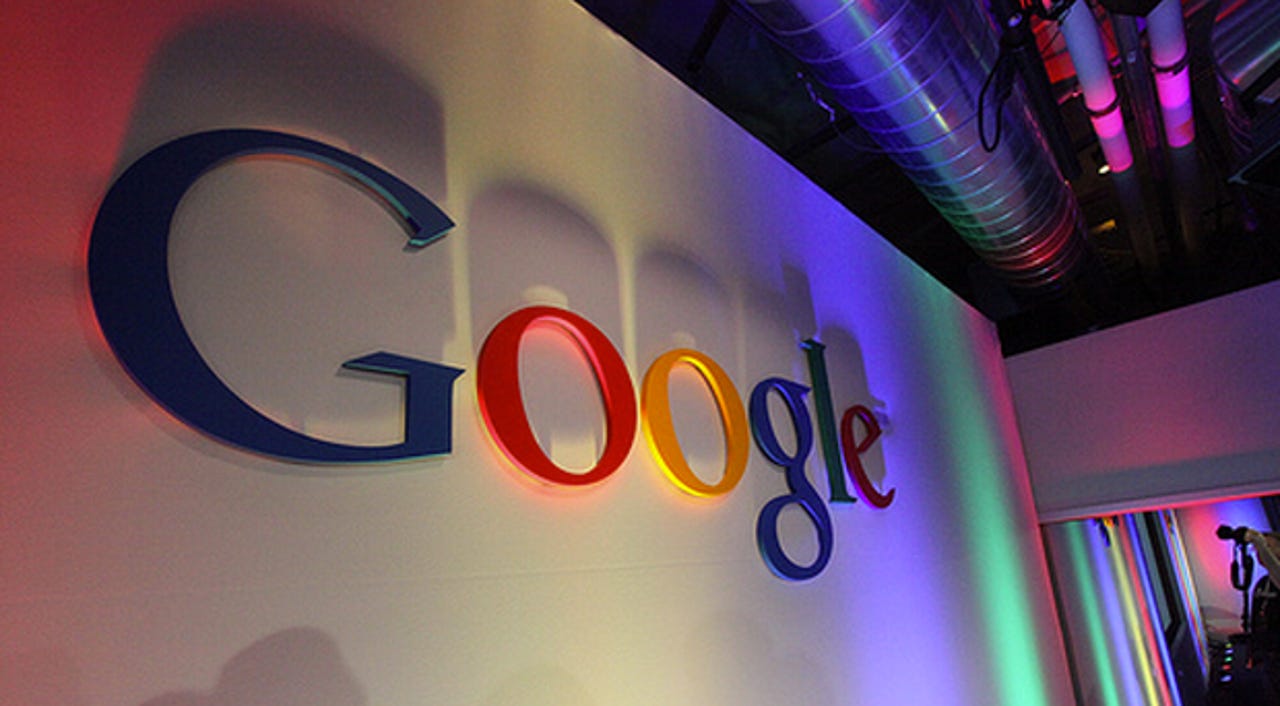Google, Microsoft outline blocks for child porn searches


Google's executive chairman Eric Schmidt says that the search engine giant and Microsoft are working on ways to clean up the Internet -- by introducing filters and blocks for child abuse-related searches.
Writing for The Daily Mail following a U.K. political campaign to increase child protection online and prevent pedophiles from accessing abuse-based imagery, the executive says that Google and Microsoft have been working with law enforcement agencies for years to prevent illegal images from being shared, and the companies "actively remove child sexual abuse imagery from our services and immediately report abuse to the authorities."
"This evidence is regularly used to prosecute and convict criminals," Schmidt writes. "But as David Cameron said in a speech this summer, there's always more that can be done."
The chairman says that over the past three months, over 200 people have been developing new software to tackle the problem. One way to do so is to fine-tune algorithms to clean up result lists on the search engine -- as well as prevent links coming up for warning queries that may be input by users looking for illegal images.
Schmidt admits that no algorithm is perfect, and Google cannot prevent images from being uploaded to the web, but by using the new filtering software, he says that results have been "cleaned up" in over 100,000 queries.
Once the software is rolled out in over 150 languages, the Google chairman says that "the impact will be truly global."
In addition to cleaning up results, Schmidt says that both the firm and charities now show warnings at the top of search results for over 13,000 queries to make sure users know that child abuse is illegal -- and there are ways to get help. However, one problem the firm has is that computers cannot necessarily distinguish between abusive and innocent images -- and so before images are removed, people must review them. Once reviewed, images are given a "unique digital footprint" which identifies the images -- through software developed by Microsoft -- letting the firms know where and when the images appear on systems.
Images, however, are only one facet of abusive media online. According to Schmidt, crimes are being increasingly filmed, and so engineers at YouTube have created technology to identify these videos. The filters are currently in the testing stage, but will potentially be available to other Internet-based firms in the New Year.
However, former head of the Child Exploitation and Online Protection Centre (Ceop) Jim Gamble told the BBC that these measures were unlikely to have much of an impact.
"They [pedophiles] don't go on to Google to search for images. They go on to the dark corners of the internet on peer-to-peer websites," Gamble said.
These networks have not been ignored. Britain's National Crime Agency and the FBI plan to create a new taskforce to discover and tackle pedophiles who target children online. According to The Mirror, U.K. Prime Minister David Cameron will soon unveil the plans at a Downing Street summit, which will bring various U.K. and U.S. agencies together to monitor the "dark web" -- the secret and encrypted networks found online. While use of these networks can also be legitimate, law agencies say that these networks are being exploited by a rising number of criminals.
In a June report conducted by Ceop, the agency estimates that there were around 50,000 adults who downloaded and shared indecent images of children last year, and both peer-to-peer (P2P) networks and the "dark web" are popular methods of acquiring such images.